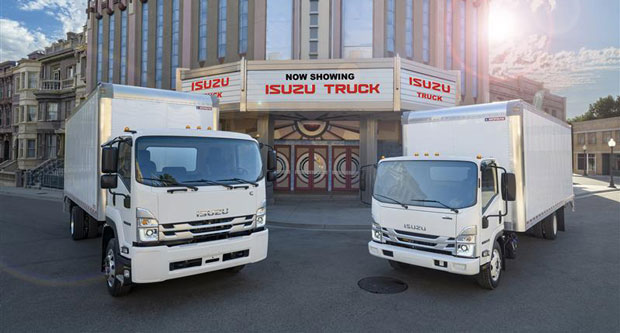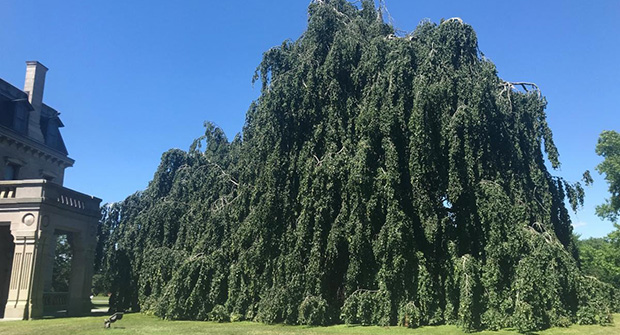In my article last quarter, I provided a comprehensive update on BrightView‘s — No. 1 on the 2024 LM150 list — rebuilding process. If you missed that article, I encourage you to read it to gain some context for the important details below. The key sentence from that article was, “BrightView intends to become a formidable competitor.”
In the quarter that ended June 30, 2024, we began to see some results from management’s significant efforts to rebuild BrightView. See the summary of BrightView’s results below.
BrightView’s rise and fall, and perhaps its rise again, are great warnings to all successful landscape companies. The need for a motivating vision and diligent execution never goes away. Think of it as riding a bicycle uphill. You cannot stop pedaling and coast because if you do, you will fall.
Whereas last quarter’s article provided a strategic view of the rebuilding effort, this article focuses on several measures and tactics that you may want to consider in your business.
Customer retention rate
When BrightView went public in 2018, it had a customer retention rate of 85 percent. In 2019, 2020 and 2021, BrightView’s retention rate slightly deteriorated each year. In 2022, it saw a much greater deterioration. It deteriorated further in 2023. By the end of 2023, the retention rate was less than 80 percent — how much less we do not know. BrightView management intends to increase its retention rate to at least 90 percent.
Employee turnover rate
BrightView has also focused on reducing the turnover of its field-level employees. While BrightView does not disclose its turnover rate, management stated that the turnover rate percentage has improved by 19 points, including six consecutive monthly improvements.
Cross-selling to grow revenue efficiently
Historically, BrightView converted less than 10 percent of its construction projects into maintenance contracts. Management has restructured the company’s operations to facilitate cross-selling, which is usually a very profitable way to grow.
Incentive plans
Less than one year ago, BrightView had 30 different discretionary compensation programs to reward employee performance; now, they have two. Their programs are heavily weighted toward achieving EBITDA and EBITDA growth. Because of this focus, hopefully, BrightView will be more disciplined in its pricing.
Acquisitions
BrightView expects to restart its acquisitions in 2025. The company will focus on acquisitions in new markets and acquisitions of ancillary businesses where they are currently using partners to perform services.
Income Statement Summary
In its public reports, BrightView “adjusts” its earnings before interest taxes, depreciation and amortization and net income for certain expenses. I have used some of these adjustments for operating income in the tables below. The idea is that these expenses are not part of ordinary operations. Historically, the adjustments included expenses associated with business transformation and integration, becoming a public company and defending shareholder lawsuits, paying some employees partially through equity-based compensation, and some other unusual expenses. The company also made an adjustment for COVID-19-related expenses. In the table below, I did not adjust the results for COVID-19 expenses because they are a normal part of operations for landscape companies.
For the accounting experts: Note that I have excluded from operating income the expense related to the amortization of intangible assets that were recorded as BrightView acquired other businesses and the gain on divestiture. Since most landscape companies do not have these items, I have excluded them so that management teams can compare their numbers to BrightView’s numbers.
Beginning in the quarter ended March 31, 2024, the sale of U.S. Lawns — No. 13 on the 2024 LM150 list — and the discontinuation of BES make it more difficult to compare BrightView’s current financial results with its historical financial results. For example, in the quarter ended June 30, 2024, the sale of these entities caused $25 million of the $39 million reduction in landscape maintenance revenue from the quarter ended June 30, 2023.
To see short-term trends, the following table shows operating results for each of the past five quarters:
|
Qtr Ended |
Qtr Ended |
Qtr Ended |
Qtr Ended |
Qtr Ended | |
|
Jun-23 |
Sep-23 |
Dec-23 |
Mar-24 |
Jun-24 | |
|
Snow removal services |
9.3 |
(0.9) |
39.7 |
173.1 |
8.5 |
|
Landscape maintenance |
555.3 |
521.8 |
402.6 |
337.4 |
516.2 |
|
Landscape development |
203.4 |
224.6 |
185.4 |
164.4 |
215.0 |
|
Eliminations |
(2.0) |
(1.8) |
(1.0) |
(2.0) |
(0.9) |
|
Net service revenues |
766.0 |
743.7 |
626.7 |
672.9 |
738.8 |
|
Year over year growth rate |
-3.6% | ||||
|
Cost of services |
567.4 |
558.1 |
492.9 |
520.9 |
561.2 |
|
Gross profit |
198.6 |
185.6 |
133.8 |
152.0 |
177.6 |
|
Gross profit margin |
25.9% |
25.0% |
21.3% |
22.6% |
24.0% |
|
Selling, general and admin (SG&A) expenses |
136.6 |
120.5 |
129.9 |
125.0 |
120.1 |
|
Adjustments |
(12.8) |
(12.4) |
(16.0) |
(10.9) |
(22.2) |
|
Ongoing SG&A expenses |
123.8 |
108.1 |
113.9 |
114.1 |
97.9 |
|
SG&A as a % of revenue |
16.2% |
14.5% |
18.2% |
17.0% |
13.3% |
|
Adjusted operating income |
$ 74.8 |
$ 77.5 |
$ 19.9 |
$ 37.9 |
$ 79.7 |
|
Operating profit margin |
9.8% |
10.4% |
3.2% |
5.6% |
10.8% |
To see long-term trends, the following table shows operating results for each of the past four years:
|
Year Ended |
Year Ended |
Year Ended |
Year Ended | |
|
Jun-21 |
Jun-22 |
Jun-23 |
Jun-24 | |
|
Snow removal services |
285.1 |
256.8 |
209.1 |
220.4 |
|
Landscape maintenance |
1,637.2 |
1,801.2 |
1,865.1 |
1,778.0 |
|
Landscape development |
569.9 |
670.9 |
731.4 |
789.4 |
|
Eliminations |
(4.2) |
(4.1) |
(9.8) |
(5.7) |
|
Net service revenues |
2,488.0 |
2,724.8 |
2,795.8 |
2,782.1 |
|
Year over year growth rate |
9.5% |
2.6% |
-0.5% | |
|
Cost of services |
1,853.7 |
2,058.5 |
2,113.9 |
2,133.1 |
|
Gross profit |
634.3 |
666.3 |
681.9 |
649.0 |
|
Gross profit margin |
25.5% |
24.5% |
24.4% |
23.3% |
|
Selling, general and admin (SG&A) expenses |
512.7 |
533.3 |
548.2 |
495.5 |
|
Adjustments |
(71.1) |
(40.0) |
(47.4) |
(61.5) |
|
Ongoing SG&A expenses |
441.6 |
493.3 |
500.8 |
434.0 |
|
SG&A as a % of revenue |
17.7% |
18.1% |
17.9% |
15.6% |
|
Adjusted operating income |
$ 192.7 |
$ 173.0 |
$ 181.1 |
$ 215.0 |
|
Operating profit margin |
7.7% |
6.3% |
6.5% |
7.7% |

